How You Eat And Color
Choosing colorful foods leads to healthy diets
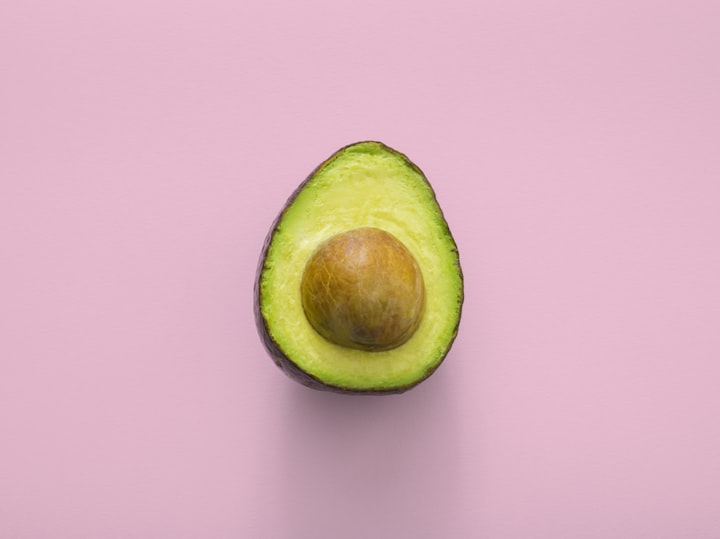
It's not simply what you eat, it's how you eat.
Healthy eating is about more than the food on your plate—it's
likewise about how you consider food. Healthy eating habits may be
learned and it's important to slow down and consider food as
nourishment instead of just something to swig down in between
meetings or on the way to pick up the children.
Good Choices
Eat with other people whenever possible. Eating with others has
countless social and emotional advantages—particularly for kids—and
lets you model healthy eating habits. Eating in front of the television
set or PC frequently leads to senseless overeating.
Take time to chew up your food and savor mealtimes.
Chew up your food slowly, savoring each bite. We tend to hurry
though our meals, forgetting to really taste the flavors and feel the
textures of what is in our mouths. Reconnect with the delight of
eating.

Hear your body:
Ask yourself if you're truly hungry, or have a glass of water to see if
you're thirsty rather than hungry. During a meal, quit eating prior to
you feeling full. It in reality takes a few minutes for your brain to tell
your body that it's had adequate food, so eat slow.
Eat breakfast, and consume littler meals throughout the
day.
A healthy breakfast may jump-start your metabolism, and eating
little, healthy meals throughout the day (instead of the standard 3 big
meals) keeps your energy up and your metabolism going.
Breakfast is really of import on any weight-loss program. A fit
breakfast truly is the most crucial meal of the day.
A nourishing, well-balanced morning meal not only maintains
your energy levels better than perpetual cups of coffee, but it
likewise may help:
Boost your weight-loss efforts. Research demonstrates that
breakfast eaters are more successful at slimming down and
maintaining that weight loss likened to breakfast skippers.
Sharpen your brain. Individuals who eat a fit breakfast will
remain more alert than those who begin their day with a high fat meal.
Protect your circulatory system. A study revealed that
individuals who consumed a breakfast with a great quality
protein and a good quality carb, instead of refined cereals, had a
lower risk of heart conditions.
Beef up your immune system, burn fat and add muscle. A fit
breakfast will help you begin your day with the nutrients
essential to add lean muscle, burn fat and recover from those
intense exercises, as well as beef up your immune system and
keep you free from illness.
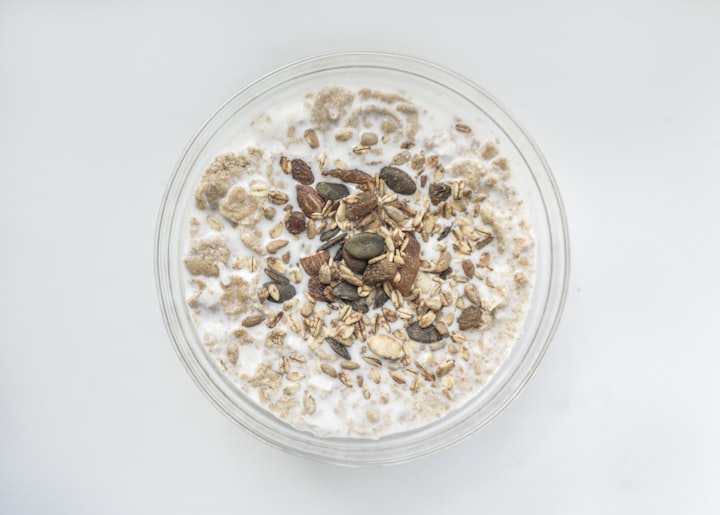
What’s for breakfast?
Consuming anything you wish for breakfast won’t bring you the
wellness advantages outlined above. Skipping over breakfast or eating
unhealthy foods may make you age much quicker. Consuming a good
healthy breakfast will better your health, better your body, better your
quality of life and add years to your life.

Healthy Breakfast Foods
Rolled oats, flaxseed, blueberries & almonds. To me, this is the
awesome breakfast. Steel-cut oatmeal is likely the healthier choice,
but if you're in a hurry, the instant sort will do fine (it doesn’t have as
much fiber, but the additional ingredients make up for that).
After nuking the oatmeal, add ground flaxseed, frozen blueberries,
sliced almonds. You are able to add a bit of cinnamon and honey (not
much) if you’re utilizing the non-instant oatmeal. That’s 4 power
foods, full of fiber and nutrients and protein and great fats, with only
a few minutes of prep time. And really tasty!
Any whole-grain, high-fiber cereal is a great choice. It has a high
amount of protein and fiber, low sugar. Put in low-fat milk or soy
milk (which has 1/3 the saturated fat of 1% milk), maybe some berries
if you like.
Scrambled tofu. Healthier than scrambled eggs. Put in a few onions,
green peppers or other vegetables, a little light soy sauce or tamari,
perhaps some garlic powder, and black pepper, stir-fry with a little
olive oil. Eat with whole-grain toast. Quick and delicious.
Fresh berries, yogurt, granola. Get low-fat yogurt (not fat-free, as it
frequently has too much sugar) or soy yogurt; chop up some berries
or additional fruits, put in some healthy cereal.
Grapefruit with whole-wheat toast & almond butter. Add a bit of
sugar on top of the grapefruit, and it’s really pretty good. The almond
butter is better for you than peanut-butter, with lots of great protein
to fill you up.
Fresh fruit salad. Chop up some apples, melons, berries, oranges,
pears, bananas, grapes … any or all or whatever your favorite fruits
are. Add a bit of lime or lemon juice.
Protein shake. I utilize soy protein powder, but whey works well also.
Blend up with low-fat milk or soya milk, a few frozen blueberries, and
perhaps a little almond butter or oatmeal. That might sound weird,
but it’s really pretty great, and pretty filling. A little ground flax seed
works well as well.
Eggs with peppers. Egg whites are healthier than whole eggs.
Scramble with a little olive oil, red and green bell peppers, perhaps
broccoli, onions, and black pepper. Goes well with whole meal toast.
Cottage cheese and fruit. Get low-fat cottage cheese. Add any sort of
fruit. Apples, citrus, berries.

Fill up on colorful fruits and veggies
Eat a rainbow of fruits and veggies daily—the brighter the better.
Fruits and veggies are the foundation of a fit diet—they're low in
calories and nutrient dense, which means they're jammed with
vitamins, minerals, antioxidants and fiber.
Fruits and veggies ought to be part of each meal and your first choice
for a snack—aim for a lower limit of 5 portions daily. The antioxidants
and additional nutrients in fruits and veggies help protect against
particular types of cancer and other diseases.
The brighter, deeper colored fruits and veggies bear higher
concentrations of vitamins, minerals and antioxidants—and assorted
colors provide assorted benefits. Some excellent choices are:

Greens:
Greens are jammed with calcium, magnesium, iron, potassium, zinc,
vitamins A, C, E and K, and they help beef up the blood and
respiratory systems. Be adventuresome with your greens and
diversify beyond bright and dark green lettuce—kale, mustard greens,
broccoli, Chinese cabbage are simply a couple of the choices.
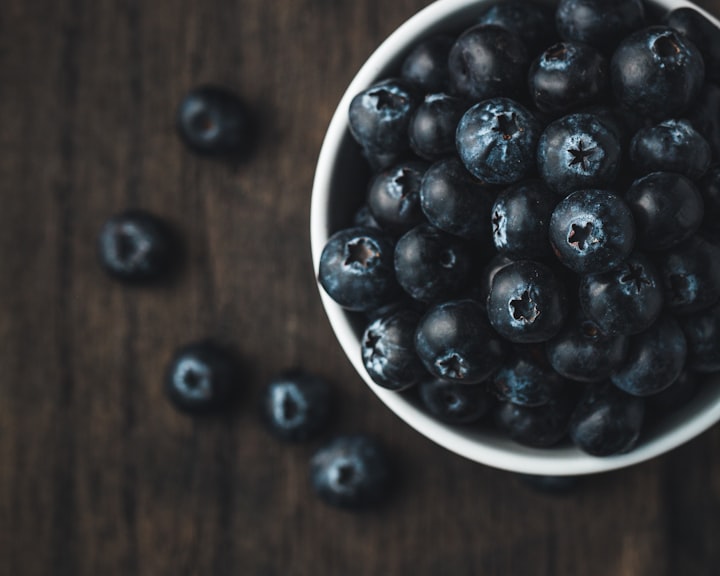
Sweet veggies:
Naturally sweet veggies bring healthy sweetness to your meals and
reduce your cravings for additional sweets. A few illustrations of
sweet veggies are corn, carrots, beets, sweet potatoes or yams, winter
squash, and onions.
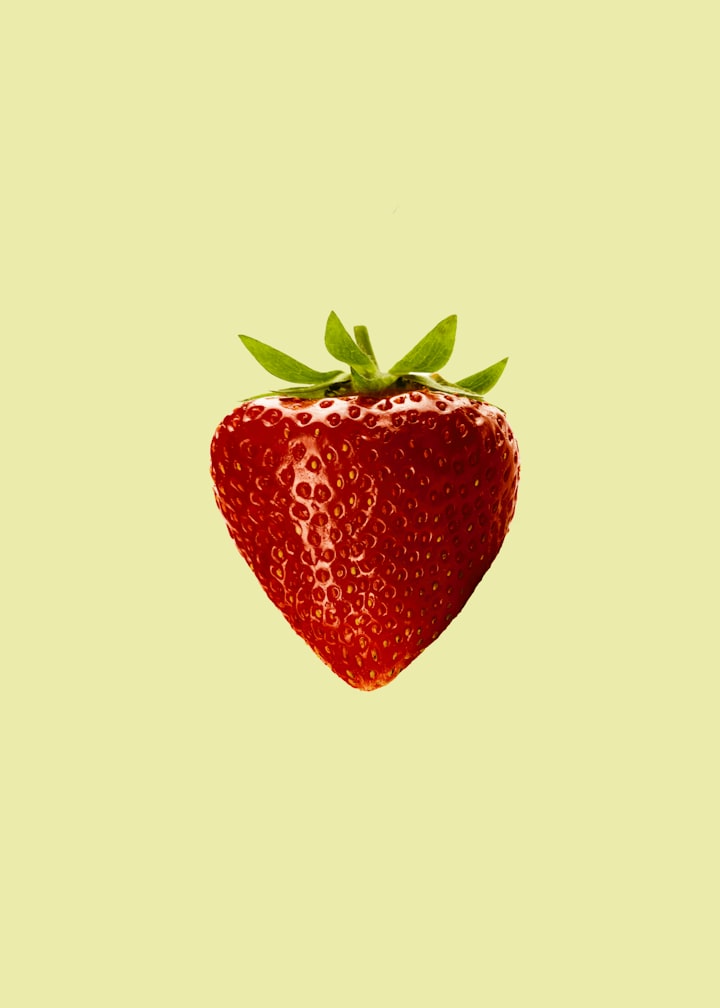
Fruit:
A broad assortment of fruit is likewise vital to a healthy diet. Fruit
supplies fiber, vitamins and antioxidants. Berries are cancer-fighting,
apples provide fiber, oranges and mangos provide vitamin C, and so
on.
Don’t forget to shop fresh and local if possible.

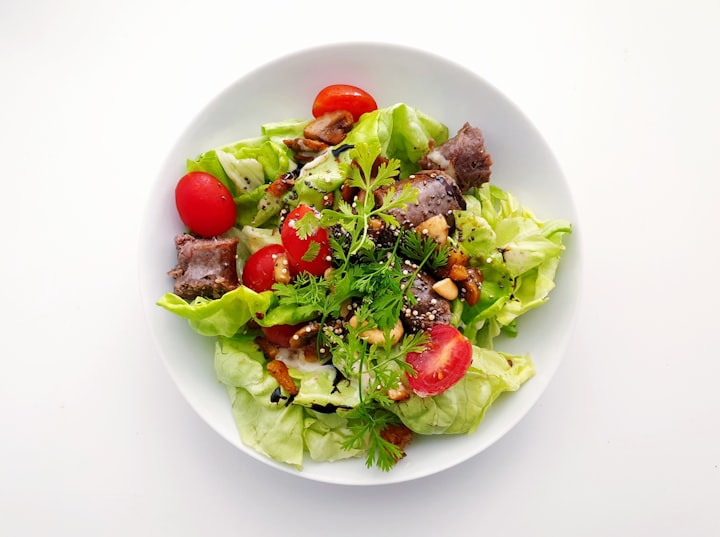



Comments
There are no comments for this story
Be the first to respond and start the conversation.